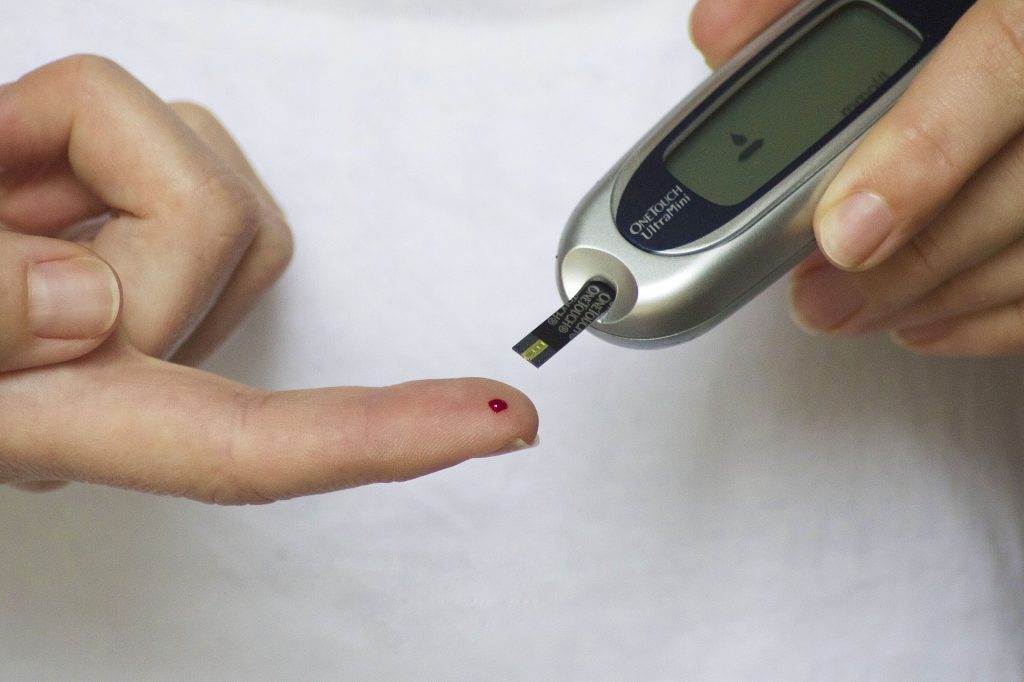For Question of the week, test takers usually choose the correct answer 70-80% of the time. However, for the question of the week on November 19, about 37% of respondents chose the correct answer.

So, we thought this would be a perfect opportunity for another answer rationale. We’ll explore this question and the best answer in more detail and throw in some test-taking tips along the way. Before we start though, if you don’t want any spoilers and haven’t tried the question yet, you can answer below:
Question of the week on November 19:
LS is a 21-year-old college student with new diabetes. LS arrives for an office visit and is very agitated explaining that they are checking their blood glucose at the same time on two different meters, but the results are always different. LS states, “How can I trust these readings?”. What is the educator’s best response?
Answer Choices:
- I can totally understand your frustration
- Assess if they are using proper technique
- Evaluate if the strips are passed the expiration date
- Suggest performing quality control check on each meter

As shown above, the most common choice was option 1, the second most common answer was option 4, then option 2, and finally option 3.
Option 1 was the juicy answer: “I can totally understand your frustration” is a valid empathetic response, but not the best response in the scenario. If you follow our questions of the week closely, you’ll see a pattern of an empathetic response being the correct one, and if the scenario above ended with “LS arrives for an office visit and is very agitated” it may have been the right answer. However, LS goes on to ask how they can trust the readings. This question is calling for a practical response, which eliminates Option 1, since it acknowledges feelings but does not make steps forward beyond that to fix the situation.
Option 2 and Option 3 are both good answers, because they are steps someone could take to see if their glucose meter is giving accurate readings.
Option 4 is the best answer. This is because to perform quality control on each meter you would likely go through the steps mentioned in Option 2 and Option 3 as well as other assessments of the device (such as using control solution and comparing the meter result to the lab results).
Also, we discourage people from comparing meters, since one might read on the low end (while still being within the required accuracy range) and the other meter might read on the high end. Plus, it usually requires 2 different blood samples, which due to timing, can lead to different results.
The best way to evaluate meter accuracy is to compare the device to a lab draw and also review the MARD report. (See our blog on meter accuracy).
November 19’s question of the week was meant to test on best rather than correct answers.
We hope you appreciate this week’s rationale and keep studying hard! Thank you so much for taking the time to answer our Question of the Week and participate in this fun learning activity!
Sign up for Diabetes Blog Bytes – we post one daily Blog Byte from Monday to Friday. And of course, Tuesday is our Question of the Week. It’s Informative and FREE! Sign up below!
[yikes-mailchimp form=”1″]








